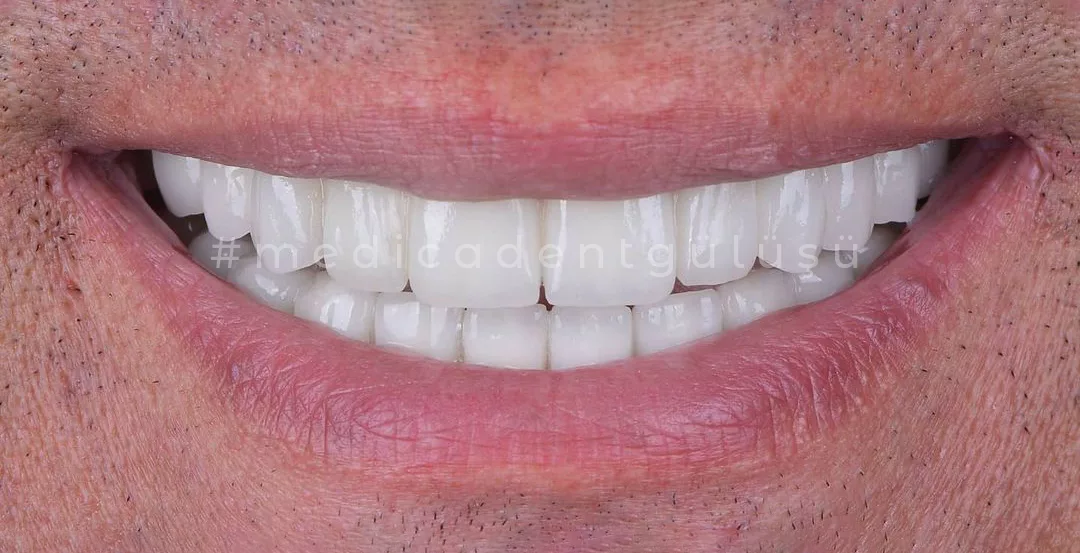Implants > Implant-supported prostheses

The main purpose of implantation dental implants is to enable people to have high quality teeth that allow them to speak functionally, aestheticallyaesthetically, and beautifully when they lose their teeth. This is very important for quality of life., which have a very important place in their quality of life. For this purpose, prostheses applied with different techniques and materials and supported by implants are called "Implant- retained or Implant-supported pProstheses." We can technically divide implant-supported prostheses into two types:
These prostheses are prosthesis types that cannot be removed by the user and are mostly preferred by patients. In single or few missing teeth, this type of prosthesis is almost always preferred. They are mostly preferred in cases complete edentulismwhere full dentures are required. To , but in order to make successful fixed prostheses, accurate conditions, thorough planning, appropriate materials and technique must be chosen correctly.
Fixed implant prostheses are divided into two:
These prostheses are prostheses that are supported by both implants and the palate. The user can remove and insert these easily. They are especially preferred in cases where the bone tissue is weak, where the implants can provide little support, and in cases where people may have difficulty in cleaning their prostheses by reaching around the implant due to bone loss.
There are different attachment (retainer) systems on which these prostheses are supported. In accordance with this system, systems with locator attachment holder, ball attachment holder, telescopic attachment holder are available. When choosing the appropriate prosthesis attachment, it is necessary to decide following a full examination of the bone structure, tissue support and patient wishes and expectations. Those who have no teeth but have sufficient bone level can also use implant supported prostheses.


Click on one of our members to chat on WhatsApp or send us an email at info@gloriadentravel.com
You can also call us at +34 674 224 346 during business hours.